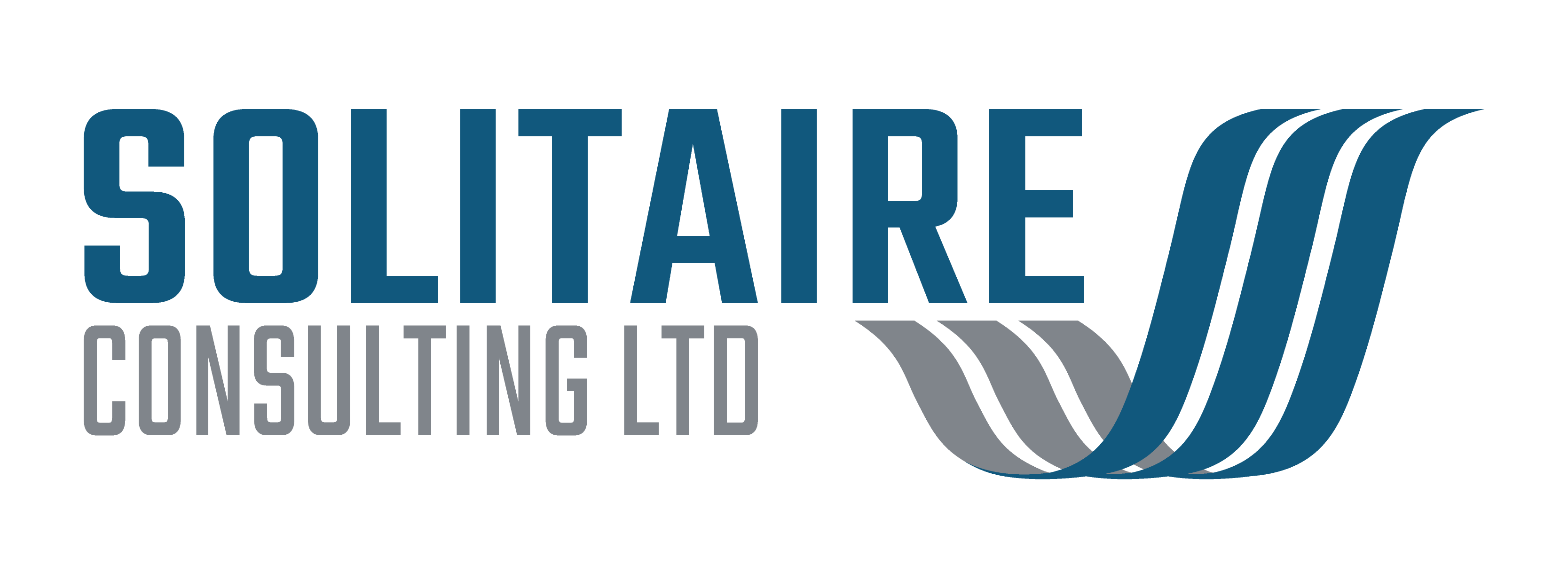The change equation was first developed by Richard Beckhard and Reuben Harris, based on an idea by David Gleicher. It is a great tool for focussing a team when planning a major change and can always be relied upon to act as a catalyst for discussion.
I was first introduced to the Change Equation by Peter Duschinsky in his book of the same name. Since then I have had the pleasure to meet Peter on several occasions to share and debate our views on organisational change.
The key premise of Beckhard’s Change Equation is that meaningful change can only be achieved when people’s natural resistance to change can be overcome. This is represented by the following equation:
D x V x F > R
Where:
D is dissatisfaction with the present
V is the vision of how things could be
F is knowledge of the first practical steps i.e. a plan, and
R is the resistance to, or cost of, change,
In other words, people’s natural resistance to (imposed) change will only be overcome by the combined force of dissatisfaction, vision and knowledge of the first steps to achieve the change. By multiplying the three factors the model implies that if any one factor is zero or missing then change will not happen at all.
How many times have you worked in an organisation that has a really good vision for change, has developed pragmatic plans to achieve the change, but it still doesn’t happen? This is usually because there isn’t the sufficient will in the organisation or people aren’t dissatisfied enough with the status quo to change.
This ties in to one of my previous posts where I talked about complacency as being a barrier to change. Complacency and dissatisfaction are very similar in this context.
The strengths of the model are its simplicity and that it draws attention to the fact that a lot of change projects fail because they fail to overcome the internal ‘resistance’. Most people do not like to be moved from their comfort zone, unless of course they are initiating the change for themselves – or to put it another way “I love change except when it is happening to me!”
If you haven’t used The Change Equation just try it and see if it helps explain why your project isn’t achieving the traction you originally hoped for. And please let me know what you think.





2 responses